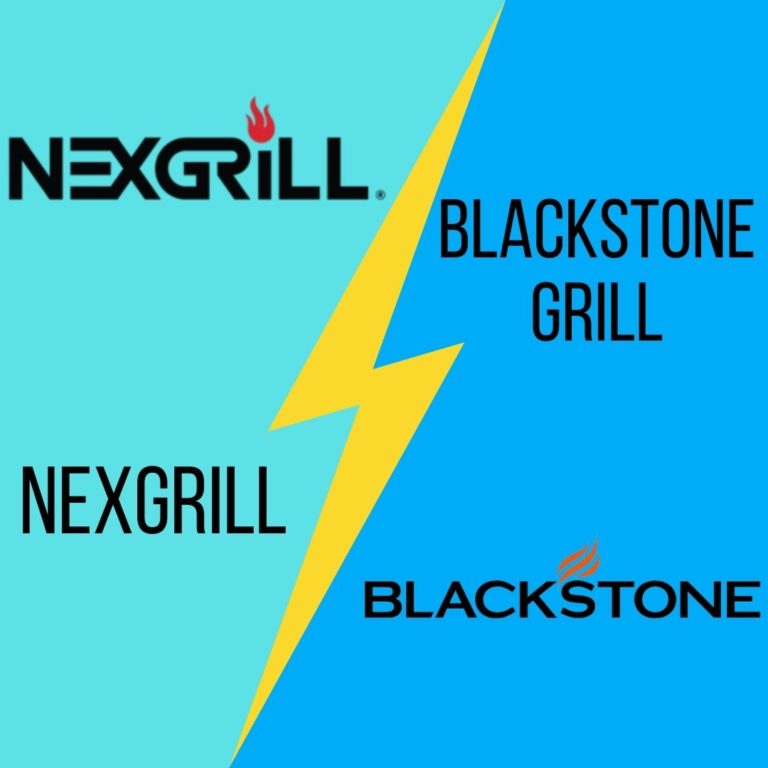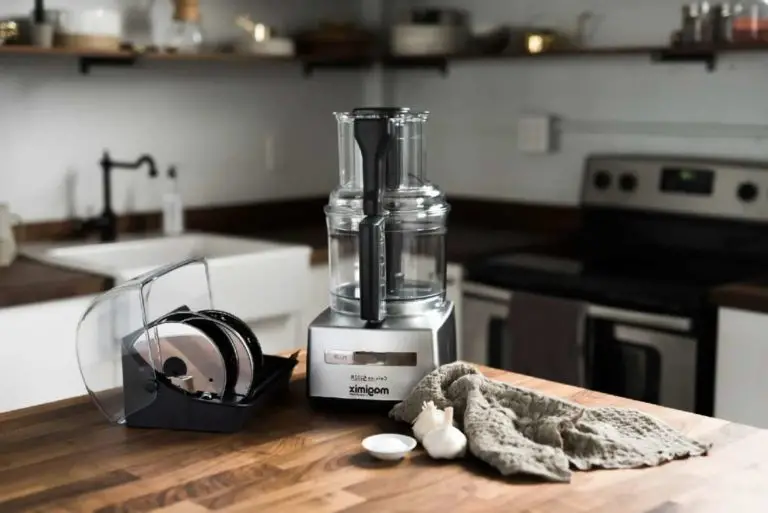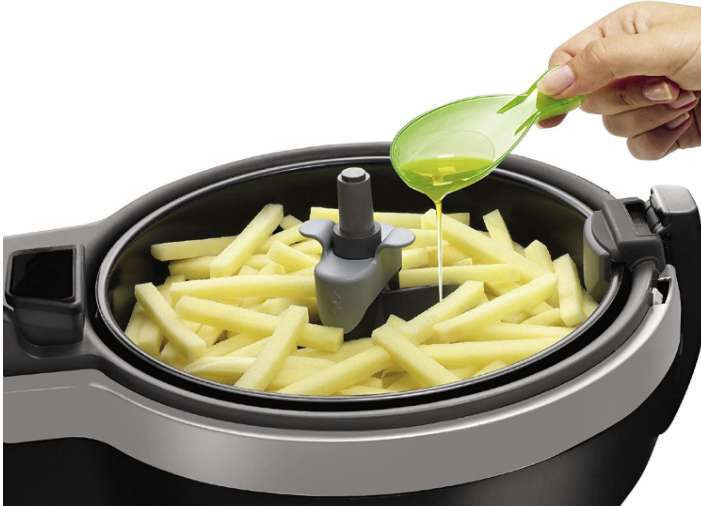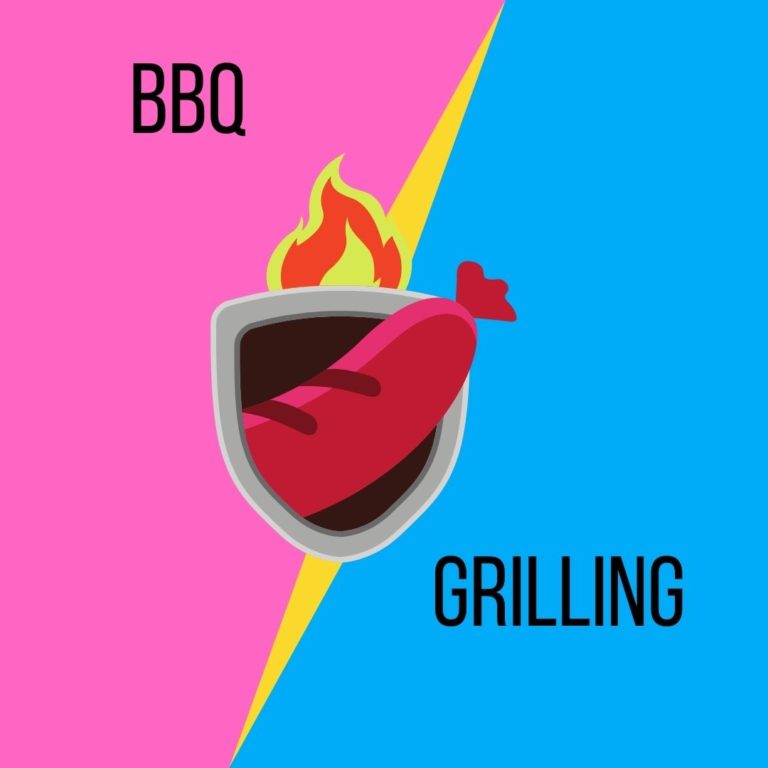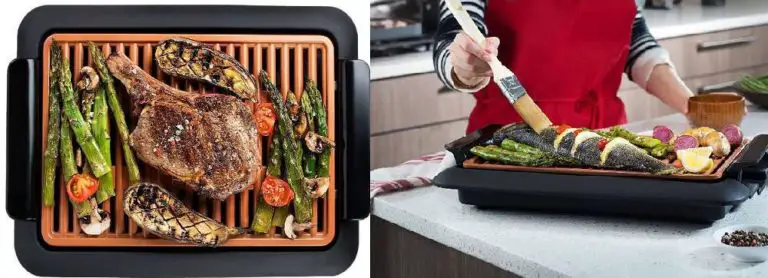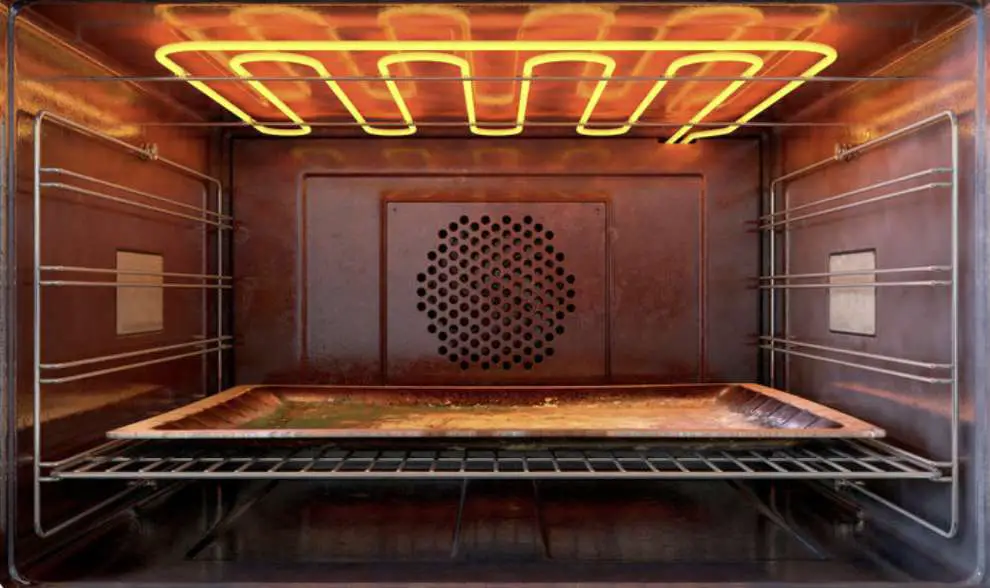

Pros and cons of convection oven vs conventional oven. The modern kitchen is a hub of activity, but the oven might be the most important appliance.
It can seem overwhelming to decide which type of oven you should buy.
Convection ovens are more expensive than conventional ones, so they make sense for people who do a lot of baking or roasting and want their food to come out better.
If you’re just cooking for yourself or two people, it’s safer and cheaper to stick with a conventional oven because convection models require extra time and attention from the cook.
To help you decide what kind of appliance will work best in your home, we’ve broken down some pros and cons of using each type.
Pros and Cons Of Convection Ovens vs Conventional Ovens | Cookware
Convection vs Conventional: What’s The Difference?
So, what’s the difference between a convection oven vs conventional oven?
Long story short is that these two types of cooking appliances have drastically different heating methods.
Convection models use fans to circulate hot air around food in order to cook it evenly on all sides at once (think: more even, crispy edges).
Meanwhile, some people believe traditional stoves are less effective because they lack any extra heat from below and rely solely on radiation for energy distribution throughout their chamber with no central source or fan assistance like you’ll find in a standard convecer model.
In an effort to clear up any confusion about this topic we’re going over each type of appliance’s pros and cons so you can make your decision based on facts rather than.
The Pros and Cons of a Convection Oven vs Conventional Ovens
A convection oven has a fan that blows air around the inside of the oven.
Heating up the food as it cooks and giving you food with evenly distributed heat.
A standard oven only uses natural circulation of hot air, so you have to be really careful when cooking certain foods or ensuring that your food is cooked on all sides through to the center.
What is a convection oven?
Convection ovens are essentially regular ovens with a vent fan.
While they have many of the same features as traditional models.
Their main difference is that cooking occurs once all air has been drawn out and then replaced by hotter air.
What does this mean for daily users?
You can expect faster cooking times, less moisture loss, better browning, and crisping of foods.
More even temperature distribution throughout your food and in your entire oven, and enhanced flavor retention.
Click here To See The Best Convection Toaster Oven on Amazon.
What is the advantage of a convection oven?

There is no doubt:
Convection ovens simplify the way we cook. Conventional ovens use a lot of energy and get hot really fast, making it hard to bake small batches or cook food as evenly as you’d like.
Convection models allow you to do much more with an oven at temperatures that are less extreme, which translates into less time waiting for your meal to be ready.
Shorter cooking times:
A convection oven also saves time by cooking more efficiently.
The circulating fan speeds up the process by getting foods hotter faster–you can start roasting earlier in the morning or put something on at night so it’s ready when you’re off work in the evening.
Convection baking uses 25 percent less energy than regular cooking.
Greater Convection:
Conventional ovens use a process called “conduction” to cook food, which is basically when heat travels across the material through conduction.
Convection, on the other hand, uses air that flows around the object being cooked in order to transfer and distribute the heat evenly.
Since conventional ovens only transfer heat via conduction, cooks are usually required to rotate or move whatever they’re cooking in order for it to be cooked properly. Convection ovens.
however, can cook foods evenly no matter where they’re placed inside the oven because of its convection process.
The Convenient Way:
Convection ovens save time by allowing users to throw all their dishes onto a cooktop and wait for a beep to let them know when they’re done.
Convection ovens also preheat faster than conventional ovens, meaning that users can cook their meals sooner.
Hard Metal Texture:
Convection ovens have metal pan racks, unlike conventional ovens which usually use other materials such as carbon steel or aluminum.
Stainless steel is harder to clean compared with plastic and carbon steel, meaning that users are required to spend a long time cleaning their ovens after every use.
What are the disadvantages of a convection oven?

While Convection Ovens present some great benefits, there are also reasons why you might choose not to use a Convection Oven.
Here are some Convection Oven Cons which you may want to consider before making the decision to purchase one for your kitchen.
Key Convection Con
Convection oven accessories can be difficult to find.
Convection Bakeware is available but finding bakeware that works best with the Convection setting and requires little or no oiling can be difficult!
Recipes require adjustments:
Shorter cooking times require that many recipes be changed to shorter time frames or decreased temperatures.
Convection cooking requires less oiling.
Convection Ovens do a great job of cooking with little or no oil required when compared to other Convection Oven cooking methods.
While most Conventional recipes will tell you to lightly oil the pieces before placing them in the Convection Oven.
Convection recipes tend not to require this step at all!
This may be a Con for those who rely on that added taste and texture from the added oils or fats but it’s good news for many home cooks looking for healthier meals during their busy week!
. The convection oven is a great choice for cooking and baking, but it might not be the best option when you want to make some delicate dishes.
The air in the appliance circulates at higher speeds than that of other types of ovens, which can result in items like bread or cakes ending up with an uneven texture after they’ve been cooked.
. A convection oven is a great appliance for cooking multiple dishes at once.
However, if you cram too many items into it all the food will be cooked more slowly and might not cook as well by blocking the fan with everything inside.
Ideally, there should always be 2 inches in between each dish so that air can circulate freely through them to make sure they are done evenly
. Convection ovens are more expensive than conventional ones, due to the added cost of a fan and exhaust system.
This can result in higher repair costs as well- convector units tend to be much quieter when compared with their traditional counterparts because they do not have an intense heating element like that found on typical ovens.
The Pros and Cons of Conventional Ovens
The Pros of Conventional Ovens
Familiarity:
A conventional oven’s cooking times and functionality are more familiar to most consumers, leading to greater ease of use.
Even if they haven’t used an oven for years or aren’t too sure how it works, the familiarity will help them in their quest for making a good meal!.
This is a proven method for cooking your food to perfection.
Recipes correspond accurately and require no changes or adjustments, so you can be sure that what you make in the kitchen will turn out just right!
. Conventional ovens have traditionally been the go-to for all your baking needs, from cookies to delicate cakes and pastries.
However, when it comes time for some serious heat on those pies or quick work stirring up batches of raw cookie dough ingredients into baked treats in minutes flat.
Convection takes over! With its ability to transfer more hot air around the food at once than conventional models can, you’ll never regret investing in this kitchen appliance again.
. Conventional ovens are often less expensive than convection models.
However, once you take into account the fact that a conventional oven wastes energy by heating up unused space in your kitchen.
It’s more cost-effective to go with a convection model and save on electricity costs while cooking.
Click here To See The Best Conventional oven on Amazon.
The Cons of Conventional Ovens
. Conventional ovens are inconvenient in many ways. For example, they often have hot or cold spots that make it difficult to cook evenly.
There is nothing quite as frustrating as having a meal come out unevenly cooked!
Conventional ovens can lead the chef into this fate with their inability to circulate air and heat correctly throughout its interior space due to the lack of convection vents on most models (source).
Here are some of the cons of conventional ovens. Decreased
Cooking Capacity:
A typical conventional oven can burn items that are too close to its heating elements, decreasing their capacity and causing longer cooking times when trying to cook multiple dishes in it at one time.
. Conventional ovens are not always the best option for busy families or dinner parties because they take longer than convection models to cook food.
This means you might be left with a cold meal in your slow cooker and no time to put it back into the oven.
. The downside to these ovens is that they require more gas or electricity in order for them to preheat and maintain their temperature.
This means you could be spending more money on energy, which can cost a lot over the long term!
FAQs
What is better convection or conventional oven?
Have you ever cooked a turkey or casserole in the oven?
If so, have you noticed that convection and conventional ovens cook at different speeds?
Convection is much faster than conventional.
You might find yourself waiting around for your dish to finish cooking if it’s only been on one type of oven.
When should you not use a convection oven?
Perhaps you’re cooking a turkey or ham for Thanksgiving dinner. While it may seem logical to use your convection oven, be aware of the following:
A convection oven is not as effective at crisping skin on poultry-based proteins;
More time will need to elapse before these are done compared with roasting in an electric conventional range top and/or using higher temperatures.
Is the convection oven worth the extra money?
There are many functions of a convection oven that make it worth the extra money.
It can cook food more evenly, which makes sure no part is overcooked and all parts come out perfect.
The reason why some people think it’s not worth investing in a convection oven is that they believe there’s nothing different about them from your typical kitchen stove or microwave dishwasher combo.
The truth however lies within its powerful heating capability usually found at 1500 watts compared to 700-1000 for traditional electric stoves as well as volume capacity up to 6 quarts versus 4 quart maximum on an average countertop range.
With those features, you’ll be able to use less power than with other types of cooking appliances while still getting great results.
Should pizza be cooked in a convection oven?
One of the latest trends in pizza ovens is using a convection oven. Convection cooking uses hot air that circulates around and cooks food more evenly.
without overcooking or drying it out as traditional radiant heat does. To get those crispy edges we all love on our pies too!
What if I told you there’s an alternative to your conventional stove-top baking?
One way could be by placing pizzas directly into a preheated convected oven for quick cook time with perfect browning results every single time.
Can you put frozen food in a convection oven?
It’s important to know what type of stovetop or range your appliance is and how it cooks.
Convection cooking, for example, requires that the heat circulates around the pan which means all parts will cook evenly on either side at once.
The fan system pushes hot air over cold dishes so they thaw faster than usual as well!
This may not apply for certain types of ranges but should still factor into consideration when shopping around for new appliances because there are many different models with various features available to suit every need.
Many people find this information about using their home kitchen more convenient than before!
What are the best foods to cook in a convection oven?
There are many different settings on a convection oven that can be difficult to figure out, so it’s often best not to experiment.
You’ll save time and frustration by sticking with the basics: roasting meat like chicken breasts or pork chops in one hour;
broiling crispy bacon for 20 minutes at 500 degrees Fahrenheit; baking anything from cookies, cakes, bread- everything!
Verdict of the Pros and Cons of Convection vs. Conventional Ovens
Cooks, who are new to the world of cooking or baking should take advantage of this technology instead of being scared by it because you can do some amazing things with a more conventional oven.
The average home is going to have at least one oven and most people learn how to cook using them so for those that want something different but are still in their comfort zone then they might want an alternative like convection vs. conventional ovens pros and cons!
Source: silkroadrestaurant.org
Category: BLOG
Posts related to resources of Silk Road Restaurant:
How To Clean Cuisinart Air Fryer Toaster Oven And Keep It Clean

Hi, I’m Iolanda I am a mother of two and know how to whip up satisfying dishes for friends and family in a seemingly effortless way. The blog goal is reader-oriented, So We are always looking for the newest information about the best products on the market to offer product reviews and tutorials to assist users.Have Fun on The Website

